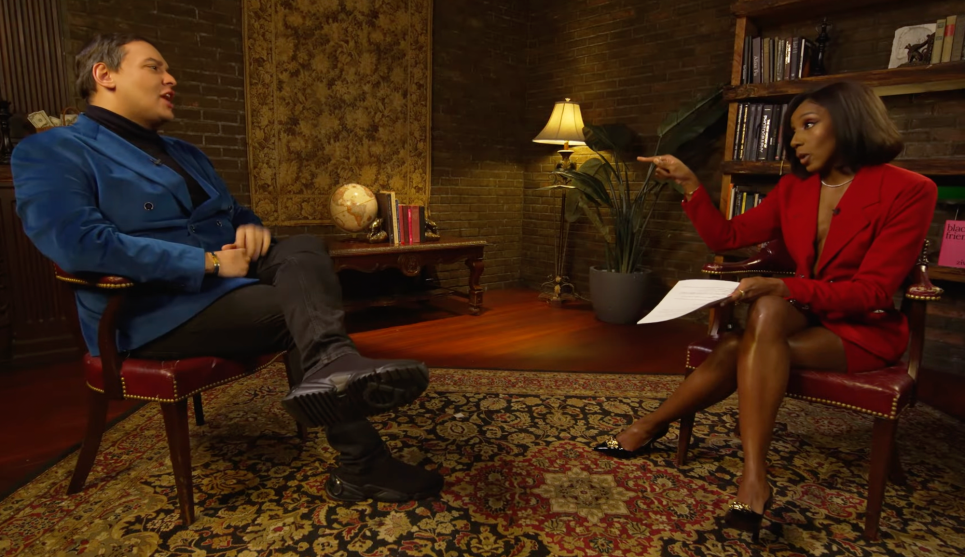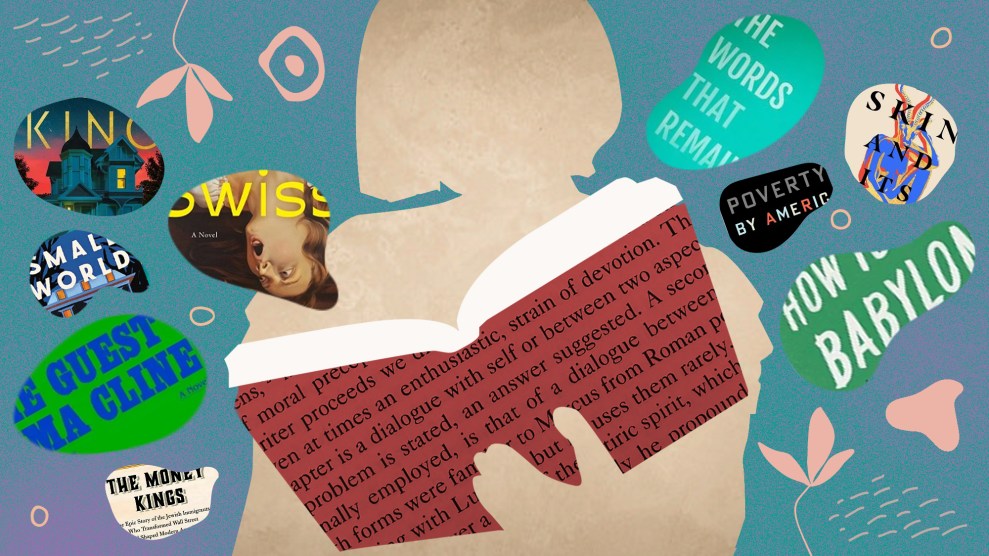Before his death in 1991 at age 62, French pop provocateur Serge Gainsbourg took on multiple musical personalities. Most of them make their way onto Couleur Café, Du Jazz dans le Ravin, and Comic Strip (Mercury Records, 1996), three recent compilations that capture vintage Gainsbourg between 1958 and 1975. Loaded with charm, irreverence, and pockets of awkward eroticism, they follow his metamorphoses, from the Afro-Latin mambos and cha-cha-chas of Couleur Café to the cabaret jazz of Du Jazz dans le Ravin to Comic Strip‘s giddy pop celebrations of Americana, which include his unforgettable duet with Brigitte Bardot on “Bonnie and Clyde.”
Thanks to a very limited release, most people missed one of the best films of last year. Now out on video, The Wife (Orion Home Video, 1997), which has little plot to speak of, is a discomfiting dissection of unhappy New Agers getting loaded over an impromptu dinner in a remote farmhouse. Tom Noonan — an undervalued actor best known for his oddball roles in everything from Mystery Train to Last Action Hero — wrote and directed the film, and delivers an unsettling performance as a psychotherapist who looks like a biblical prophet. Julie Hagerty (who plays his wife), Wallace Shawn, and Karen Young are creepy and mesmerizing as his dinner companions. So tense and visually complex it’s practically gothic horror, The Wife takes a bitter look at the institution of marriage. It’s no surprise that few American moviegoers paid to feel this uncomfortable.
 In Clicking In: Hot Links to a Digital Culture (Seattle: Bay Press, 1996), editor Lynn Hershman Leeson has assembled an eclectic mix of essays and interviews that examine how cyberculture is changing the way we think about identity, community, physicality, art, and commerce. Amid all the talk of cyborgs and multiuser dungeons, viruses and virtual reality, the book has moments that are plain old silly (for example, the description of a guy whose various online identities include a “seductive woman,” a “macho cowboy type,” and a “rabbit of unspecified gender”). You may find yourself asking, “Who are these people? Are they for real?” The questions would probably delight Leeson and her contributors, most of whom are attracted to the digital world precisely because it challenges our conceptions of real/reality. Clicking In can be a bit dizzying and unfocused — some pieces veer off into academic cyberspeak. However, once you get your bearings, the collection provides a comprehensive introduction to this brave new world. The book also comes with a well-designed, funky CD-ROM.
In Clicking In: Hot Links to a Digital Culture (Seattle: Bay Press, 1996), editor Lynn Hershman Leeson has assembled an eclectic mix of essays and interviews that examine how cyberculture is changing the way we think about identity, community, physicality, art, and commerce. Amid all the talk of cyborgs and multiuser dungeons, viruses and virtual reality, the book has moments that are plain old silly (for example, the description of a guy whose various online identities include a “seductive woman,” a “macho cowboy type,” and a “rabbit of unspecified gender”). You may find yourself asking, “Who are these people? Are they for real?” The questions would probably delight Leeson and her contributors, most of whom are attracted to the digital world precisely because it challenges our conceptions of real/reality. Clicking In can be a bit dizzying and unfocused — some pieces veer off into academic cyberspeak. However, once you get your bearings, the collection provides a comprehensive introduction to this brave new world. The book also comes with a well-designed, funky CD-ROM.













